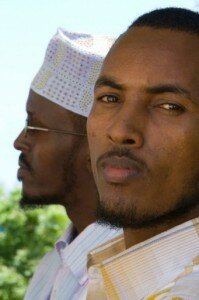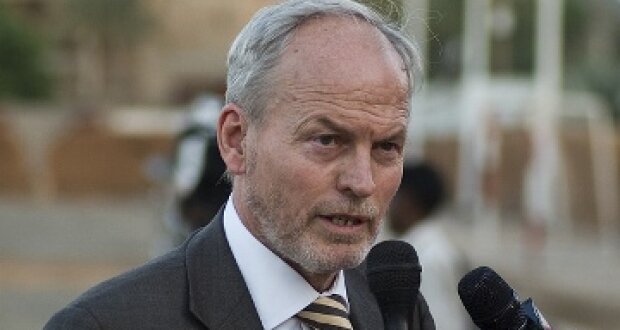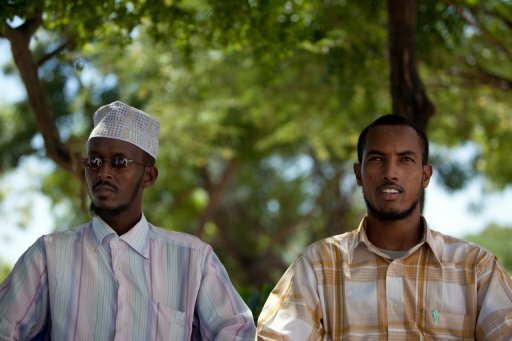 MOGADISHU — The gunfire outside does not disturb them as they speak, explaining what led them to leave behind their lives as Islamist fighters and defect to the side of Somalia’s weak transitional government.
MOGADISHU — The gunfire outside does not disturb them as they speak, explaining what led them to leave behind their lives as Islamist fighters and defect to the side of Somalia’s weak transitional government.
One of them tells the AFP journalist interviewing him he would have killed him if they had met a month earlier.
“If I’d met you in the street, I wouldn’t have spared you,” Mohamed Sheikh Abdullahi said, only half smiling, his face distinct with finely chiselled features and penetrating dark eyes.
Their accounts provide a window into the world of the Shebab and Hezb al-Islam, the two Islamist groups fighting the government, and it’s clear why the Somali presidency has arranged the interviews with them.
Officials want to show the Islamist groups have weakened and lost the support of the population.
But the only thing it may demonstrate is just how ephemeral and complex allegiances are in this Horn of Africa country, embroiled in a virtually non-stop civil war since 1991.
The interview is conducted in a shady spot in the rocky gardens of Villa Somalia, the headquarters of the transitional government and where President Sharif Sheikh Ahmed spends his time holed up.
He is protected by Ugandan troops from AMISOM, the African peacekeeping force largely responsible for propping up his government.
As the interview is underway, automatic weapons fire can be heard in the distance. No one pays much attention as the sound is just normal background noise here.
Mohamed says he began fighting in 2006 “to kick out the Ethiopian invaders,” but defected a month ago, “disgusted by the false interpretations the Shebab give of Islam”.
“First I fought in the ranks of the Islamic Courts and that’s where I met the Shebab,” he said, referring to the Islamic Courts Union, which took charge of much of the country in 2006. “They were very good fighters.”
Based in the south of the country, he said he took part in all the major battles against pro-government forces in Mogadishu.
He says he met on several occasions the group’s presumed chief, the “Emir” Ahmed Abdi Godane. He also met numerous foreign volunteers who came to fight alongside the Shebab.
He remembers in particular two Americans, Abu Mansur al-Ameriki, made famous in Islamist propaganda videos on the Internet, and Farouk al-Assadi, whom he described as a “younger but better trained” fighter.
He estimated the number of these jihad fighters at around 400 and said the majority “come from sub-Saharan Africa if you exclude Somalis from the diaspora.”
The Shebab “have special units, who are trained separately in the greatest secrecy to commit assassinations and suicide attacks”.
According to Mohamed, such tactics were acceptable against the Ethiopians, but can no longer be justified. Ethiopia invaded the country for two years beginning in 2006 to end the advance by the Islamic Courts Union.
Everything Mohamed says is punctuated by quotes from the Koran and the fact that he wears his trousers rolled up above the ankle — Wahhabi style — is proof of his religious fervour.
Abderahman Shuke Abdi Adowe, the other ex-fighter, said he commanded 19 Hezb al-Islam fighters and a pick-up truck mounted with an anti-aircraft gun.
His eyes hidden behind dark glasses, Abderahman explains that two of his men were killed by Shebab.
“Our commanders said we couldn’t take revenge so we decided to join the government forces,” he said.
Before that, one of his family members, a Hezb al-Islam commander, was killed by the Shebab as punishment for having escorted a UN convoy.
“If you don’t want to fight anymore, there’s no point. That’s why I quit,” he said.
Neither man wants to mention which clan he belongs to, a crucial factor in Somalia.
Both claim that despite the risk of reprisals from the groups to which they used to belong, they want to fight the enemies of the government.
___
Source: AFP







